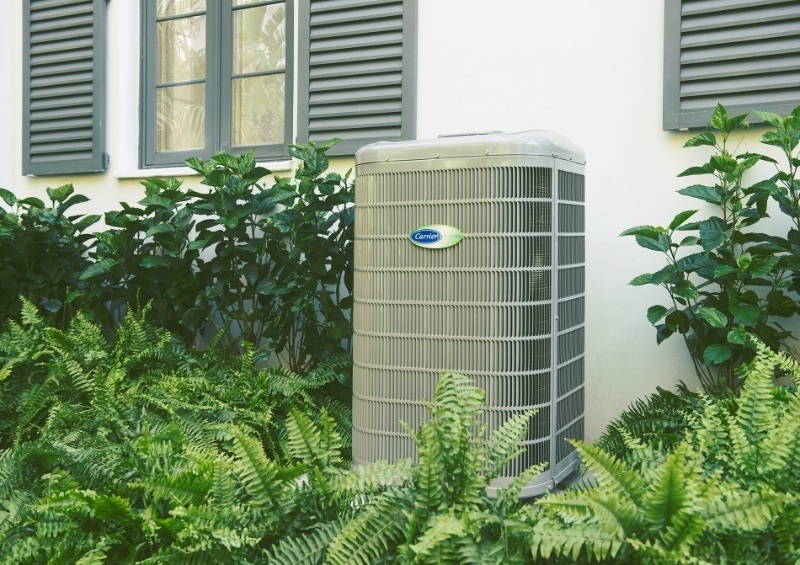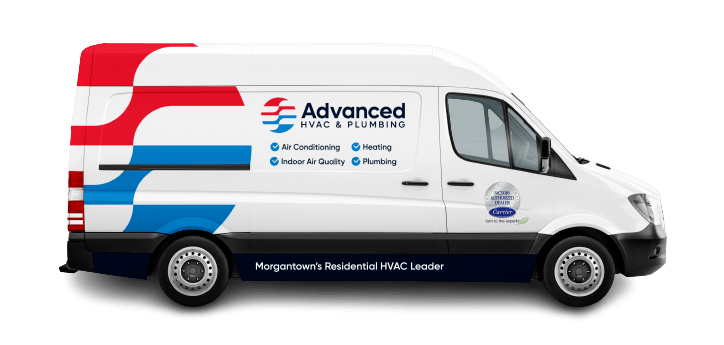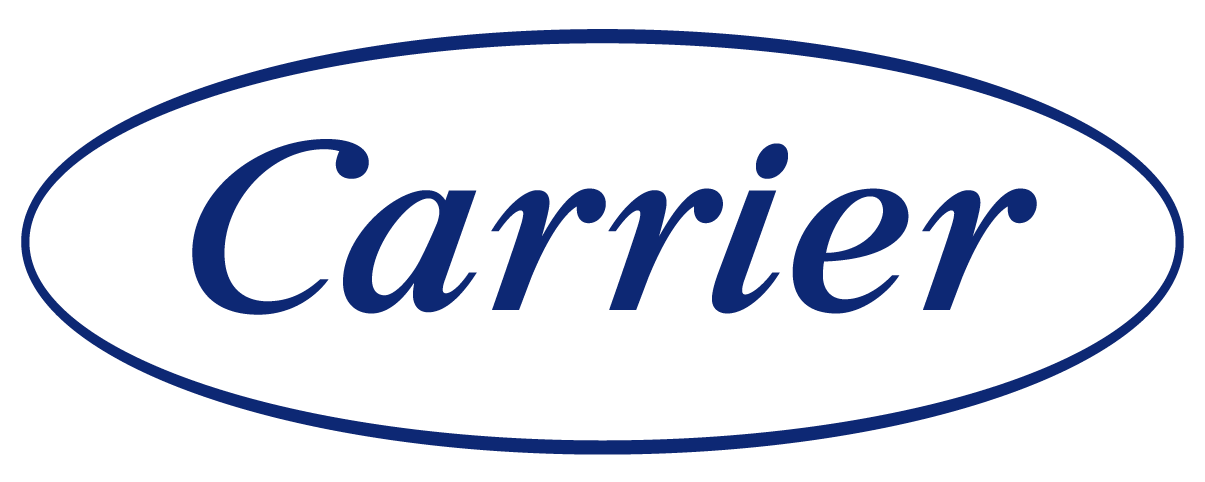
Heat Pumps: Your Year-Round Comfort Solution
Heat pumps represent one of the most efficient and versatile heating and cooling technologies available today. At Advanced HVAC & Plumbing, we’ve been installing and servicing these remarkable systems throughout Morgantown, Kingwood, Fairmont, Cheat Lake, Westover, and Star City since our founding in July 2000. Unlike traditional furnaces that burn fuel to create heat, heat pumps move heat from one location to another, providing both heating in winter and cooling in summer with a single system.
The technology behind heat pumps has evolved significantly over the past two decades, with modern units achieving efficiency ratings that far exceed conventional heating and cooling systems. These systems work by extracting heat from outdoor air even in cold temperatures and transferring it inside during winter months. During summer, the process reverses, removing heat from your home and releasing it outdoors. This dual functionality makes heat pumps an increasingly popular choice for homeowners seeking energy-efficient climate control solutions.
Understanding Heat Pump Technology and Operation
The fundamental principle behind heat pump operation involves refrigerant cycling through indoor and outdoor coils, compressors, and expansion valves. When heating your home, the outdoor unit absorbs heat from the ambient air through its evaporator coil, even when temperatures drop below freezing. The refrigerant carries this absorbed heat to the indoor unit, where it releases warmth into your living spaces. Modern heat pumps can extract usable heat from outdoor air at temperatures as low as negative five degrees Fahrenheit, though efficiency decreases as temperatures drop.
The efficiency of heat pumps is measured using two primary metrics: Heating Seasonal Performance Factor (HSPF) for heating efficiency and Seasonal Energy Efficiency Ratio (SEER) for cooling efficiency. Current ENERGY STAR certified models typically achieve HSPF ratings of 8.5 or higher and SEER ratings of 15 or above. These efficiency levels translate to significant energy savings compared to traditional heating systems, with many homeowners experiencing 30 to 40 percent reductions in heating costs after switching from electric resistance heating or older furnace systems.
Types of Heat Pump Systems We Install and Service
Air-source heat pumps remain the most common type installed in residential applications throughout West Virginia. These systems consist of an outdoor unit containing the compressor and condenser, connected to an indoor air handler that distributes conditioned air through your existing ductwork. Split-system configurations allow for flexible installation options, while packaged units combine all components in a single outdoor cabinet, ideal for homes with limited indoor space.
Ductless mini-split heat pumps offer targeted comfort control without requiring extensive ductwork modifications. These systems feature individual indoor units mounted in specific rooms or zones, each connected to an outdoor compressor unit. This configuration proves particularly valuable for home additions, converted spaces, or older homes lacking central ductwork. We frequently install these systems in historic properties throughout Fairmont and Morgantown where preserving architectural integrity while adding modern comfort remains a priority.
Advanced Features and Modern Heat Pump Innovations
Variable-speed compressor technology represents one of the most significant advancements in heat pump design. Unlike single-stage units that operate at full capacity or shut off completely, variable-speed systems adjust output to match exact heating or cooling demands. This modulation results in more consistent indoor temperatures, reduced energy consumption, and quieter operation. Many of these advanced systems also incorporate smart thermostats and Wi-Fi connectivity, allowing homeowners to monitor and adjust settings remotely while tracking energy usage patterns.
Cold climate heat pumps specifically engineered for northern regions have revolutionized winter heating capabilities. These specialized units maintain efficient operation at temperatures well below zero, incorporating features like enhanced vapor injection, larger coils, and improved defrost cycles. For our service areas including Kingwood and Cheat Lake, where winter temperatures regularly dip below freezing, these cold climate models provide reliable heating without requiring supplemental heat sources during most winter conditions.
Installation Considerations and Professional Sizing
Proper sizing and installation prove critical for maximizing heat pump performance and longevity. Our technicians perform detailed load calculations considering factors including home square footage, insulation levels, window efficiency, and local climate data. Oversized systems cycle frequently, reducing efficiency and comfort while increasing wear on components. Undersized units struggle to maintain desired temperatures during extreme weather, leading to excessive runtime and premature failure.
The installation process typically requires one to two days, depending on system complexity and whether ductwork modifications are necessary. We begin by removing existing equipment, if applicable, then installing the outdoor unit on a level pad or wall-mounted bracket. Indoor components are positioned to optimize airflow and accessibility for future maintenance. Refrigerant lines, electrical connections, and condensate drainage must be properly installed and insulated to ensure reliable operation. Our commitment to quality installation includes thorough system commissioning, verifying proper refrigerant charge, airflow rates, and control settings.
Maintenance Requirements and Service Intervals
Regular maintenance ensures your heat pump operates efficiently throughout its expected 15 to 20 year lifespan. We recommend professional service twice annually, ideally before the heating and cooling seasons begin. During these visits, technicians clean coils, check refrigerant levels, inspect electrical connections, and verify proper system operation. Between professional services, homeowners should replace or clean filters monthly during peak usage periods and keep outdoor units clear of debris, vegetation, and snow accumulation.
- Spring maintenance tasks include cleaning the outdoor coil, checking refrigerant charge, inspecting and tightening electrical connections, lubricating motors if required, and testing cooling operation
- Fall maintenance priorities focus on verifying heating operation, cleaning or replacing filters, checking defrost cycle operation, clearing condensate drains, and inspecting supplemental heat strips if equipped
- Year-round considerations involve monitoring system performance, maintaining proper clearance around outdoor units, promptly addressing unusual noises or odors, and scheduling immediate service for any performance issues
Cost Considerations and Energy Savings Potential
Initial investment for heat pump systems varies based on capacity, efficiency ratings, and installation complexity. While upfront costs typically exceed those of traditional furnace replacements, long-term energy savings and dual-function capabilities often justify the investment. Federal tax credits and utility rebates frequently apply to qualifying high-efficiency models, reducing net installation costs. We provide detailed cost comparisons during consultations, helping homeowners understand payback periods and lifetime ownership costs.
Operating costs depend heavily on local electricity rates, system efficiency, and usage patterns. In our West Virginia service areas, homeowners transitioning from propane or oil heating often realize immediate monthly savings. Even when replacing natural gas furnaces, the cooling efficiency improvements and elimination of separate air conditioning systems can result in net annual savings. Advanced HVAC & Plumbing offers comprehensive energy analyses to project potential savings based on your specific situation. Because we charge no extra fees for nights and weekends, emergency repairs won’t result in unexpected premium charges, making heat pump ownership even more economical over time.







